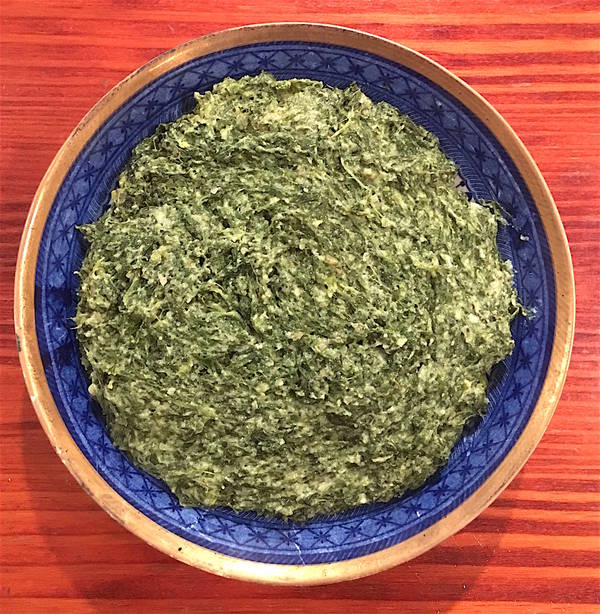Anna Bornemisza (c. 1630–88) was the daughter of an army captain, a noblewoman in her own right and, by marriage (in 1653, to Mihály Apafi), Princess of Transylvania. The story of her husband’s family, and the turbulent times they had to deal with, is covered in Blue Guide Travels in Transylvania: the Greater Târnava Valley. Anna was clever and highly educated. In fact, some historians accuse her husband of having no interest in or understanding of politics and of leaving key decisions to his nimble-witted spouse. Whatever the truth, Anna was also a devoted wife and mother of 14 children (only one son survived to adulthood). She wrote detailed household accounts, which have survived, as well as a famous cookery book (in 1680). Whether or not the cookbook was intended for the instruction of others or whether it was more notes for herself of successful recipes, I do not know. Perhaps the latter, because the recipes are far from detailed, and even by the standards of the times give almost no practical help. Her recipe for ‘Spinach Cake’, for example, reads as follows:
Take spinach. Wilt it in water and squeeze out the liquid. Add parmesan cheese and grated bread. Add mace, pepper, egg yolk and buttermilk. Cook and mix together. Make a cake from it and when it is cooked, serve hot.
It is difficult to make something when you have no idea what it is meant to look like or how it is supposed to taste. How to decide on quantities? We made ‘spinach cake’ for two. By ‘spinach cake’, we assumed a kind of patty, and we added the ingredients proportionally, in order to give it a stiffish consistency. That meant, for half a kilo of spinach, two egg yolks and about three tablespoons of breadcrumbs, with enough buttermilk to make it all stick together without turning to concrete and plenty of grated parmesan (interesting that the recipe specifies parmesan: what does that say about 17th-century trading relations between Tranyslvania and Northern Italy?). We didn’t use mace. It seemed more practical to opt for grated nutmeg, to avoid ending up with hard, gritty bits in the patty. It’s also worth noting that the recipe does not call for salt. And it does not need it. The parmesan fulfils that role.
It is very quick to make. Result? It doesn’t look very elegant or appetising but it tastes delicious. If we had had a set of chef’s forming rings, we could have shaped it better. But we didn’t.







